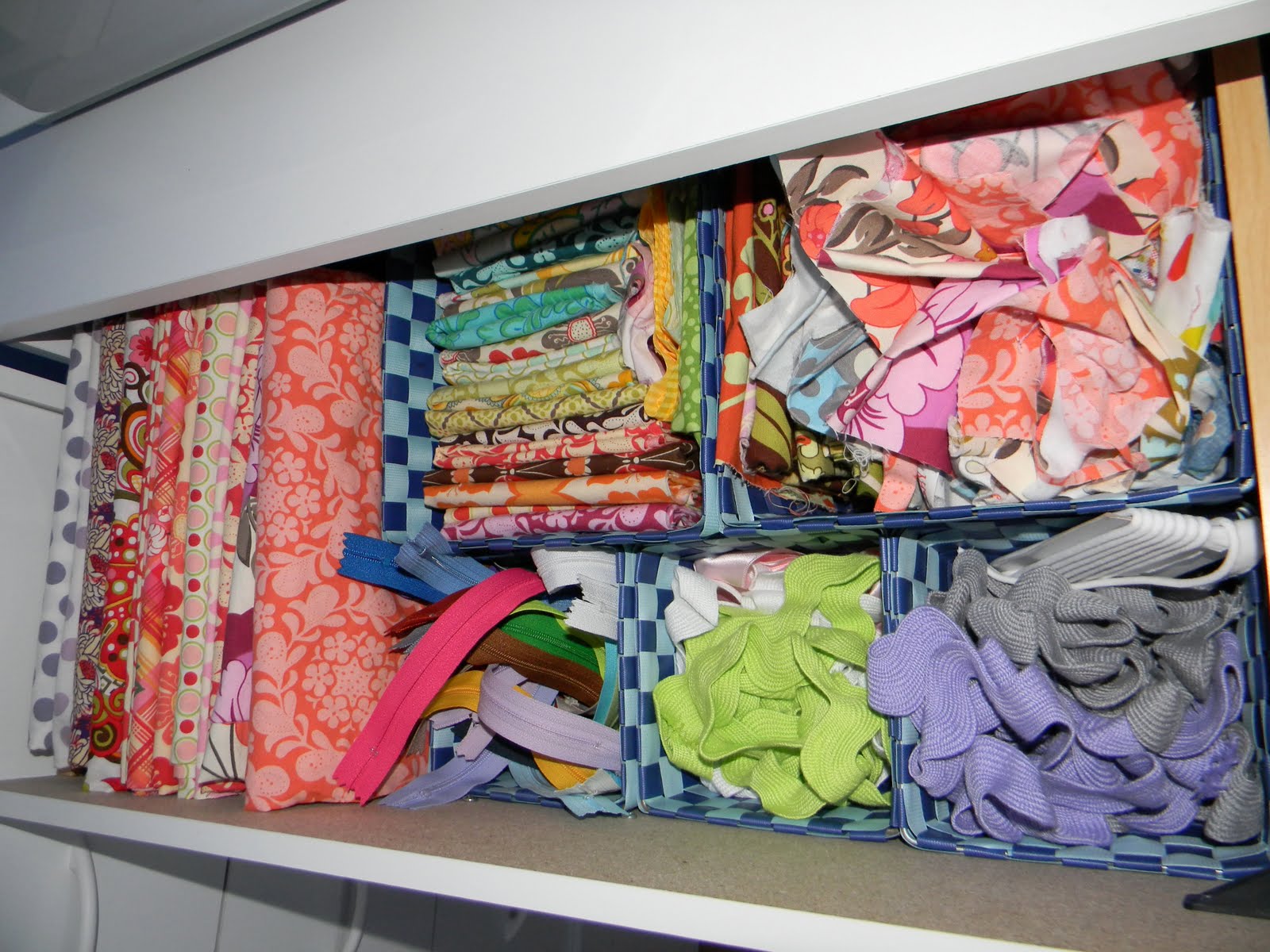

Articles
How To Store Fat Quarters
Modified: January 23, 2024
Discover the best way to store fat quarters with our helpful articles. Keep your fabric organized and easily accessible with these storage solutions.
(Many of the links in this article redirect to a specific reviewed product. Your purchase of these products through affiliate links helps to generate commission for Storables.com, at no extra cost. Learn more)
Introduction
Fat quarters are a popular choice among quilting and sewing enthusiasts. These versatile pieces of fabric, measuring approximately 18 inches by 22 inches, are ideal for a wide range of projects. From patchwork quilts to small accessories like bags and pillows, fat quarters offer endless possibilities.
However, as any fabric lover knows, a well-organized and accessible stash is essential for smooth crafting. Proper storage of fat quarters not only helps to maintain their quality but also makes it easier to find the perfect fabric for your next project.
In this article, we will explore the importance of storing fat quarters properly and provide you with practical tips on how to keep your fabric stash organized and protected.
Key Takeaways:
- Properly storing fat quarters is essential for preserving fabric quality, preventing wrinkles, and optimizing space. Organize, label, and protect your fabric stash to ignite creativity and enjoy a seamless crafting experience.
- Whether you fold and stack, utilize hanging storage, opt for clear containers, or explore specialty solutions, finding the right storage method is crucial. Keep your fat quarters clean, organized, and easily accessible to enhance your sewing and quilting projects.
Read more: How To Make A Quilt With Fat Quarters
What are Fat Quarters?
Fat quarters are pre-cut pieces of fabric commonly used in quilting and sewing projects. Unlike standard fabric cuts that are measured in yards or meters, fat quarters are cut specifically to measure approximately 18 inches by 22 inches.
The name “fat quarter” comes from the fact that the cut of fabric is a quarter yard but in a wider and shorter width than a standard quarter-yard cut.
One of the main advantages of fat quarters is their versatility. They provide a wide range of design options and allow for more creative freedom since you have a larger piece of fabric to work with compared to other precuts.
Fat quarters are often sold in coordinating color bundles or themed collections, making them popular among quilters who enjoy mixing and matching fabrics for their projects.
Due to their convenient size and variety of prints available, fat quarters are also commonly used for smaller sewing projects such as bags, accessories, and doll clothes.
Whether you are a beginner or an experienced crafter, fat quarters are an excellent addition to any fabric collection. Their versatility, aesthetic appeal, and ease of use make them a staple for many sewing enthusiasts.
Why Store Fat Quarters Properly?
Properly storing fat quarters is essential to ensure that they remain in good condition and last for a long time. Here are some reasons why it is important to store your fat quarters properly:
- Preserve Fabric Quality: Just like any other fabric, fat quarters are susceptible to damage and deterioration. Exposure to sunlight, dust, moisture, and pests can all cause the fabric to fade, discolor, or weaken over time. By storing your fat quarters properly, you can protect them from these elements and preserve their quality.
- Prevent Wrinkles and Creases: Improper storage can lead to unwanted wrinkles, creases, and folds in your fat quarters. These can be difficult to remove and may impact the appearance of your projects. By storing your fat quarters in a way that minimizes creasing, you can ensure that they are ready to use whenever you need them.
- Easy Accessibility: Proper storage allows for easy access to your fat quarters. When your fabric stash is organized and well-maintained, you can easily find the specific fabric you need for your projects. This saves you time, effort, and frustration, allowing you to focus more on the creative process.
- Space Optimization: Fat quarters can quickly accumulate if not stored properly. By organizing and storing them efficiently, you can optimize your storage space and make the most of the available area. This allows you to keep your fabric stash manageable and frees up space for other materials and tools.
- Inspiration and Creativity: A well-organized fabric stash can be a source of inspiration and creativity. When your fat quarters are neatly stored, you can easily see and appreciate the variety of colors, patterns, and textures you have. This can spark ideas and help you visualize how different fabrics can be combined for your next project.
By taking the time to store your fat quarters properly, you can protect your investment, maintain the quality of your fabric, and enjoy a well-organized and inspiring sewing space.
Tips for Storing Fat Quarters
When it comes to storing your fat quarters, there are several tips and techniques that can help keep your fabric collection organized and in good condition. Here are some helpful tips:
- Keep It Clean: Before storing your fat quarters, make sure they are clean and free from any dirt or debris. If necessary, wash and dry the fabric according to the manufacturer’s instructions to ensure it is fresh and ready for storage.
- Choose the Right Storage Container: Select a storage container that is suitable for your fat quarters. Clear plastic bins, fabric drawers, or acid-free archival boxes are all good options. Make sure the container is clean, sturdy, and provides adequate protection from dust, light, and pests. Consider the size and quantity of your fat quarters when choosing the container to ensure it can accommodate your collection.
- Organize by Color or Theme: Sort your fat quarters by color or theme for easy retrieval. This will help you quickly find the right fabric for your project without rummaging through a pile. You can use dividers, labels, or even color-coded systems to keep your fat quarters organized and visually appealing.
- Fold Neatly: Proper folding is key to preventing wrinkles and creases. Fold your fat quarters neatly and uniformly to maximize space and minimize damage. A popular method is to fold them into thirds lengthwise and then widthwise, creating a compact, rectangular shape.
- Use Acid-Free Tissue Paper: To further protect your fat quarters, consider wrapping them individually in acid-free tissue paper. This helps prevent color transfer and provides an extra layer of protection against dust and light exposure.
- Avoid Overstuffing: Avoid cramming too many fat quarters into one storage container. Overstuffing can lead to wrinkles, creases, and a disorganized mess. Leave some room for the fabric to breathe and for easy access.
- Consider Temperature and Humidity: Store your fat quarters in a cool, dry area away from direct sunlight and fluctuating temperature extremes. Humidity can promote mold and mildew growth, so ensure the storage area is well-ventilated and moisture-free.
- Rotate Your Collection: To prevent fabrics from sitting unused for extended periods, consider rotating your fat quarters periodically. Take out fabrics that you haven’t used in a while and replace them with fresh additions to your collection. This helps you stay inspired and ensures that all your fabrics get equal attention.
By following these tips, you can maintain a well-organized and protected fat quarter collection, making it easier to find and use your fabrics for your next quilting or sewing project.
Option 1: Folding and Stacking
Folding and stacking your fat quarters is a popular and space-efficient way to store them. This method allows you to easily see and access your fabrics while keeping them neat and organized. Here are the steps to follow:
- Prepare a Clean and Flat Surface: Clear off a clean and flat surface, such as a table or cutting mat, to work on.
- Sort and Arrange: Sort your fat quarters by color, theme, or any other category that makes sense to you. This will make it easier to locate specific fabrics when needed.
- Begin Folding: Take one fat quarter and lay it flat on the surface. Fold it in half lengthwise, bringing one short end to meet the other short end, so that it forms a long rectangle.
- Fold Again: Fold the rectangle in half widthwise, bringing one long end to meet the other long end. The fabric should now be folded into a smaller square shape.
- Stack Neatly: Place the folded fat quarter in your storage container, with the folded edge facing up. Continue folding and stacking the remaining fat quarters in the same manner, creating a neat and compact stack.
- Label and Organize: If desired, use dividers or labels to separate your fat quarters by color, theme, or any other system that works for you. This will make it easier to locate specific fabrics without disrupting the entire stack.
- Store in a Cool, Dry Place: Once your fat quarters are neatly folded and stacked, place the storage container in a cool, dry area away from direct sunlight and humidity.
By using the folding and stacking method, you can maximize your storage space while keeping your fat quarters in pristine condition. This method is particularly useful when you have limited space but still want to showcase your fabric collection.
Store fat quarters by folding them neatly and placing them in a clear plastic bin or storage container. Keep them away from direct sunlight and moisture to prevent fading and damage.
Read more: How Many Fat Quarters For A Queen Size Quilt
Option 2: Hanging Storage
Hanging storage is a practical option for storing fat quarters, especially if you have limited shelf or drawer space. This method allows you to easily see and access your fabrics while keeping them wrinkle-free and organized. Here’s how you can implement hanging storage for your fat quarters:
- Select a Hanging System: Choose a hanging system that suits your space and preferences. Options include a clothing rack, a closet rod, or a specialized fabric hanging organizer with pockets or compartments.
- Prepare the Fat Quarters: Before hanging, ensure that your fat quarters are clean and neatly folded. You can follow the folding method mentioned in the previous section or adjust it to fit the hanging system you are using.
- Hang the Fat Quarters: Hang the folded fat quarters individually on hangers or hooks, placing them side by side. If using a fabric hanging organizer, slip each fat quarter into its own pocket or compartment.
- Categorize and Label: If desired, organize your fat quarters by color, theme, or any other system that works for you. You can use color-coded hangers or labels to easily identify and locate specific fabrics.
- Utilize Extra Storage Space: Take advantage of any additional storage space available on the hanging system. You can hang scissors, rulers, or other small sewing tools in pockets or attach small bins or hooks to hold notions or thread spools.
- Find a Suitable Hanging Location: Hang your fat quarter storage system in a well-ventilated area away from direct sunlight and excessive moisture. A dedicated sewing room, a closet, or even the back of a door can serve as suitable locations.
- Regularly Rotate: To prevent fabric from getting too exposed to light or developing folds in one spot, consider periodically rotating your fat quarters within the hanging storage system.
- Keep the Area Organized: Regularly declutter and reorganize your hanging storage system. Remove any scraps or outdated fabrics and maintain a visually appealing and easily accessible fat quarter collection.
By utilizing hanging storage, you can make efficient use of vertical space and keep your fat quarters easily visible and accessible. This option is ideal for those who prefer to showcase their fabric collection and want a convenient way to browse through their fabrics for inspiration.
Option 3: Clear Containers or Bags
Using clear containers or bags for storing fat quarters is an excellent option for those who want to keep their fabrics protected while still being able to easily see and access them. This method helps keep your fabric stash organized, dust-free, and readily accessible. Here’s how you can implement clear containers or bags for your fat quarters:
- Select Clear Containers or Bags: Choose clear plastic containers or bags that are sturdy and appropriate for storing fabric. Opt for containers with a secure lid or bags with a zipper closure to ensure that your fat quarters stay well-protected.
- Sort and Fold: Before placing your fat quarters in the containers or bags, sort them by color, theme, or any other organizing system you prefer. Fold your fat quarters neatly following the folding method mentioned earlier, or adjust it to fit the size of your chosen containers or bags.
- Place Fat Quarters in Containers or Bags: Insert the neatly folded fat quarters into the clear containers or bags, arranging them side by side. Avoid overstuffing to prevent creasing and make it easier to locate and access specific fabrics.
- Label and Categorize: If desired, use labels or dividers to categorize your fat quarters by color, theme, or any other classification that suits your preference. This will make it easier to find and identify specific fabrics without having to go through the entire collection.
- Stack or Stack and Store: Depending on the size and shape of your containers, you can either stack them on shelves, in closets, or on storage racks, or stack them inside a larger storage unit or cabinet. Choose a location that is dry, cool, and away from direct sunlight.
- Keep Containers or Bags Closed: Close the lids or zip up the bags to ensure that your fat quarters remain protected from dust, light, and moisture. This will help maintain the quality and longevity of your fabrics.
- Regularly Assess and Reorganize: Periodically go through your container or bag storage system to assess your fabric collection, remove any fabrics you no longer need, and reorganize the remaining fat quarters. This will help keep your stash up-to-date and easily manageable.
Using clear containers or bags for storing fat quarters provides both protection and visibility, allowing you to enjoy your fabrics while keeping them organized and well-preserved. This is a great option for those who value easy access and want to keep their fabric collection neatly contained.
Option 4: Specialty Storage Solutions
If you’re looking for even more specialized and creative ways to store your fat quarters, there are several specialty storage solutions available that cater specifically to fabric enthusiasts. These solutions offer unique features and designs to help you keep your fat quarters organized and easily accessible. Here are a few options to consider:
- Fabric Organizers: Fabric organizers are specifically designed to store and display fat quarters. They often have individual compartments or pockets to hold each fat quarter, allowing you to easily see and access your fabrics. Some fabric organizers can be hung on walls or doors, while others come in the form of portable caddies or storage boxes.
- Rack Systems: Rack systems, similar to those used in retail stores, provide an efficient way to store and organize your fat quarters. These systems typically consist of metal or plastic racks with individual compartments that can hold folded fat quarters. The racks can be free-standing or wall-mounted, giving you flexibility in terms of placement and accessibility.
- Wire Baskets or Bins: Wire baskets or bins offer a simple yet effective storage solution for fat quarters. The open design allows for easy visibility and access to your fabrics, while the sturdy construction ensures they remain securely stored. These baskets or bins can be stacked on shelves or placed inside cabinets or closets for a neat and organized storage system.
- Hanging File Folders: Hanging file folders, typically used for paperwork organization, can also be repurposed for storing fat quarters. You can label each folder to categorize your fat quarters by color, theme, or any other system you prefer. The hanging file folders can be stored in a filing cabinet or hung on a rack or rod for easy access and visibility.
- Quilt Racks: If you have a collection of completed quilts, consider using a quilt rack to not only display your quilts but also to store and showcase your fat quarters. The rungs or bars on the quilt rack can hold folded fat quarters, providing a visually appealing storage solution while allowing you to easily see and access your fabrics.
These specialty storage solutions offer a unique and tailored approach to storing your fat quarters. They not only help maintain the quality and organization of your fabric stash but also add a touch of creativity and style to your sewing space.
Ultimately, the best storage option for your fat quarters will depend on your personal preferences, available space, and the size of your fabric collection. Whichever option you choose, ensuring that your fat quarters are properly stored and organized will make your sewing and quilting projects more enjoyable and efficient.
Conclusion
Properly storing your fat quarters is crucial for preserving their quality, organization, and accessibility. By implementing effective storage methods, you can ensure that your fabric stash remains in pristine condition, saving you time and effort when starting your next sewing or quilting project.
Whether you choose to fold and stack your fat quarters, utilize hanging storage, opt for clear containers or bags, or explore specialty storage solutions, the key is to find a system that works best for your space and preferences.
Remember to keep your fat quarters clean and neatly folded before storing them. Categorize your fabrics by color, theme, or any other system that suits your needs. Label and organize your storage containers or bags to make it easy to find the fabric you’re looking for.
Consider the environmental factors such as light, temperature, and humidity when selecting the storage location. Regularly assess and reorganize your fabric collection to keep it up-to-date and organized.
By dedicating time and effort to properly store your fat quarters, you can maintain the quality of your fabrics, prolong their lifespan, and create a more enjoyable crafting experience. A well-organized and accessible fabric stash will ignite your creativity and inspire new projects.
So go ahead and take the necessary steps to store your fat quarters properly. With a well-maintained fabric collection, you’ll always be ready to create beautiful quilts, accessories, and more!
Frequently Asked Questions about How To Store Fat Quarters
Was this page helpful?
At Storables.com, we guarantee accurate and reliable information. Our content, validated by Expert Board Contributors, is crafted following stringent Editorial Policies. We're committed to providing you with well-researched, expert-backed insights for all your informational needs.
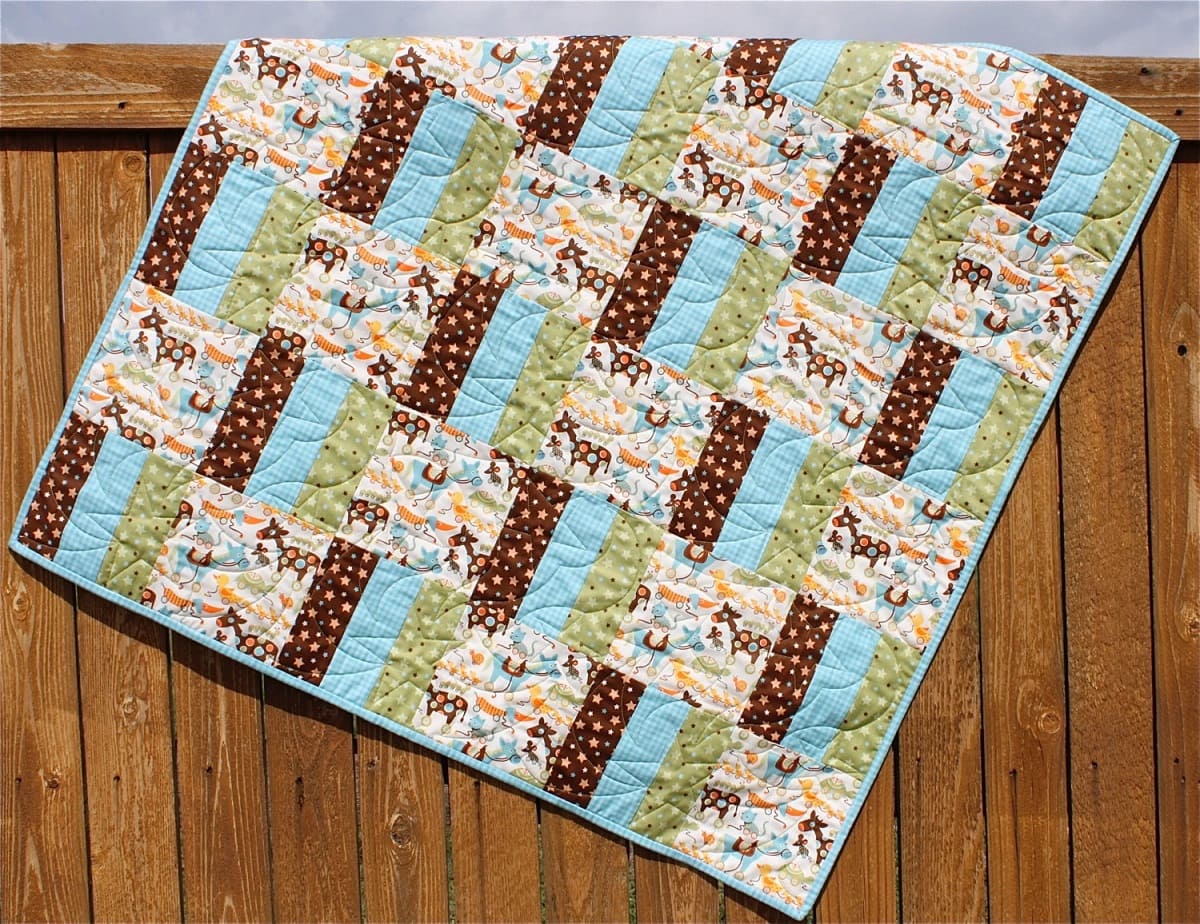
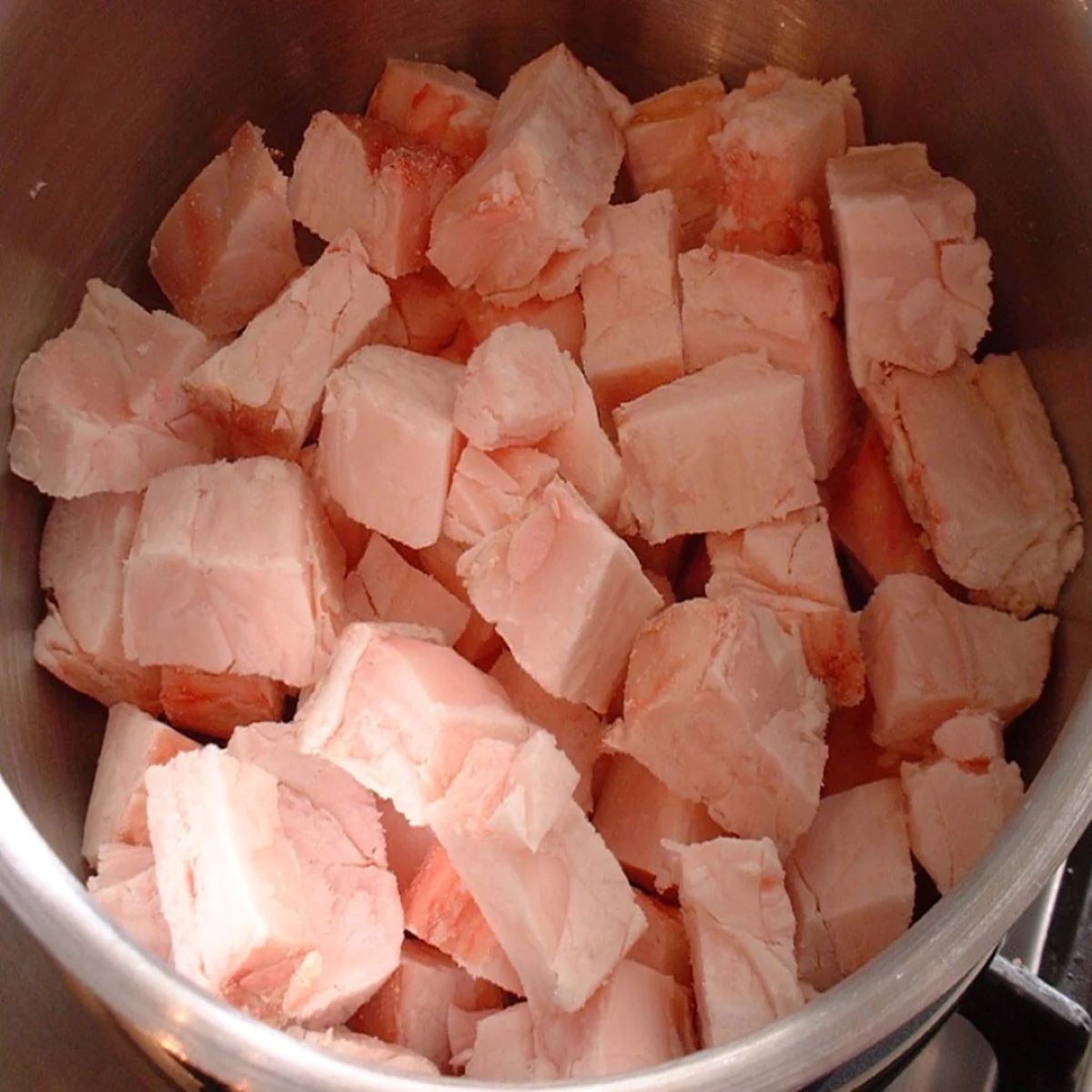
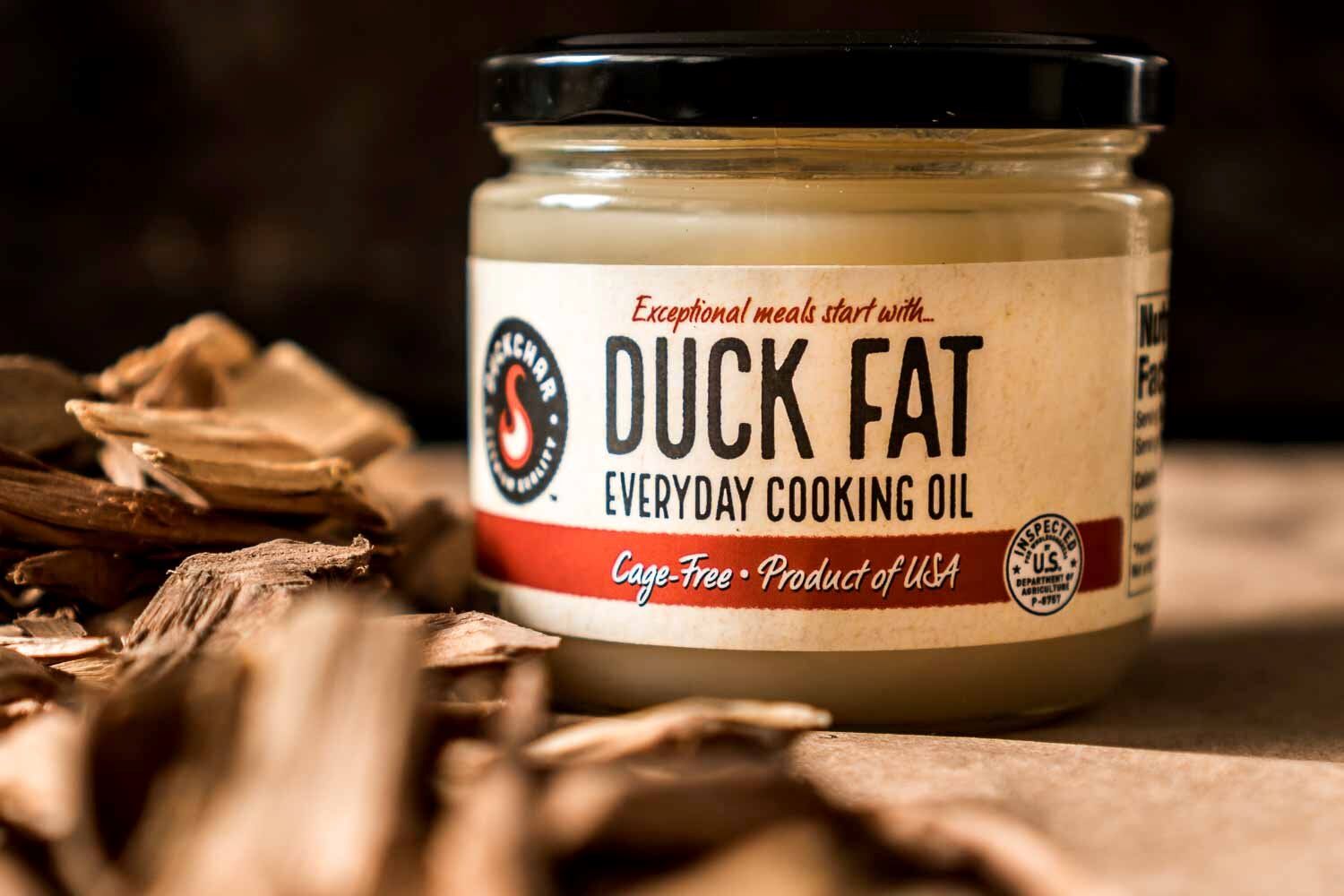
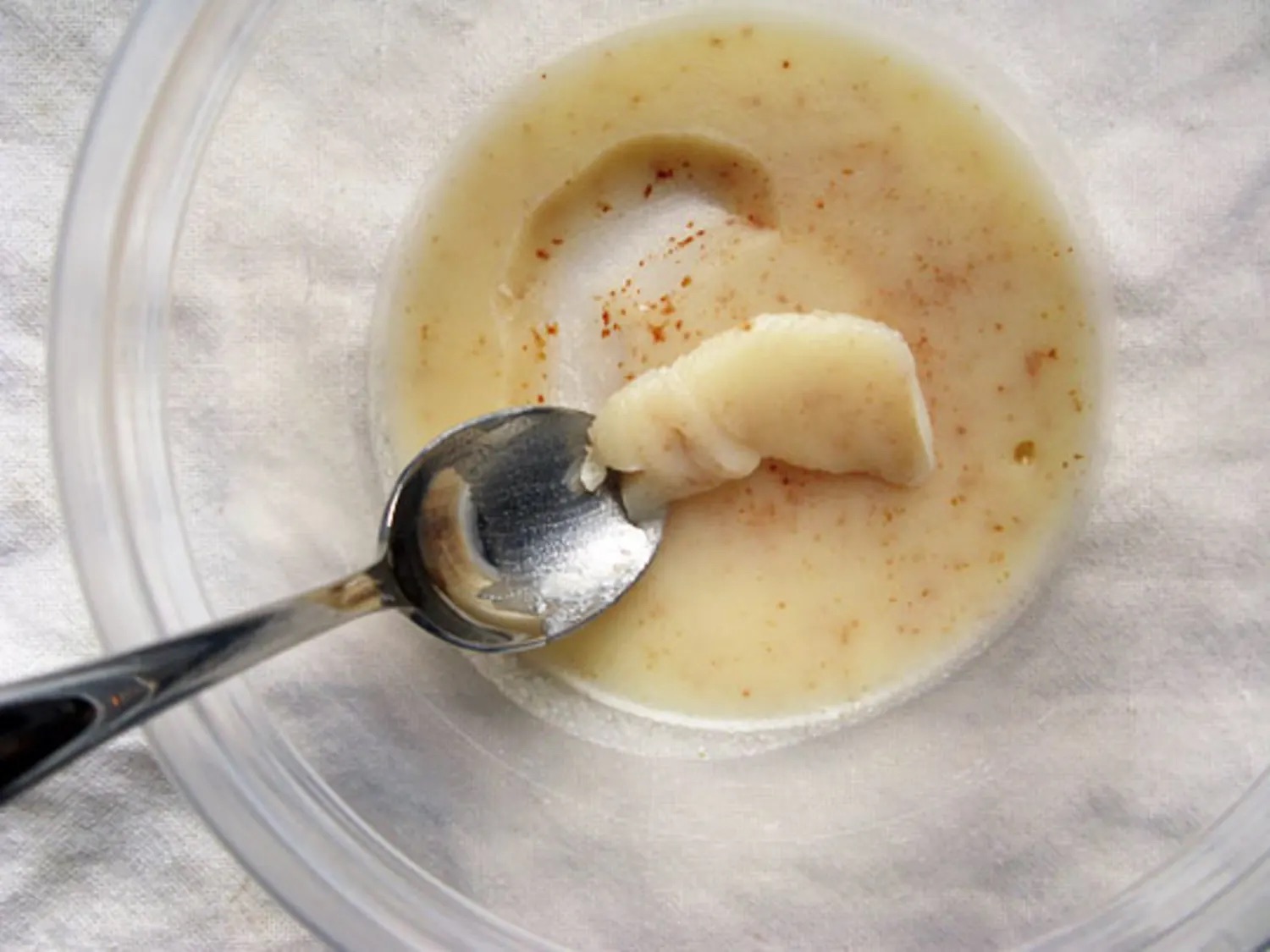

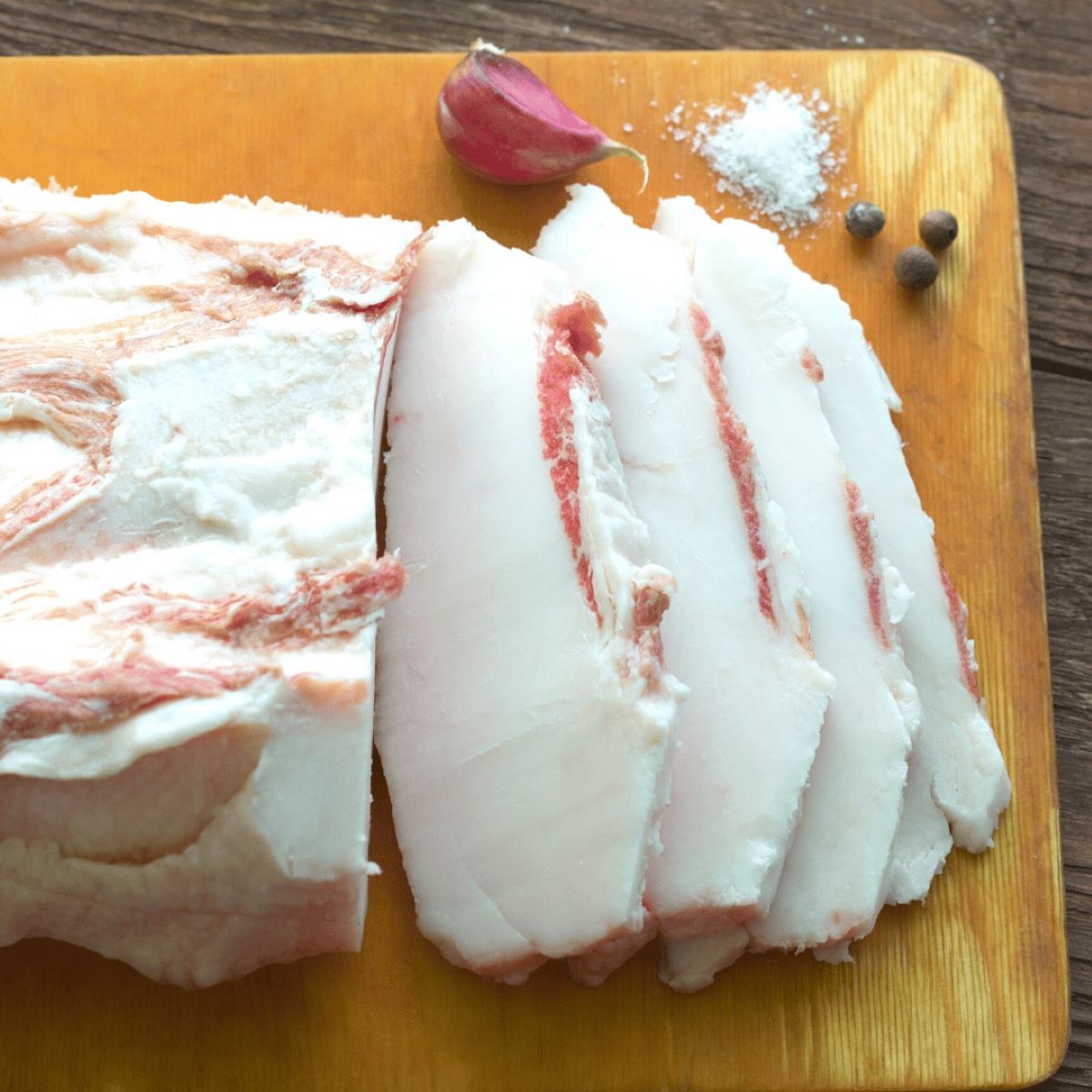


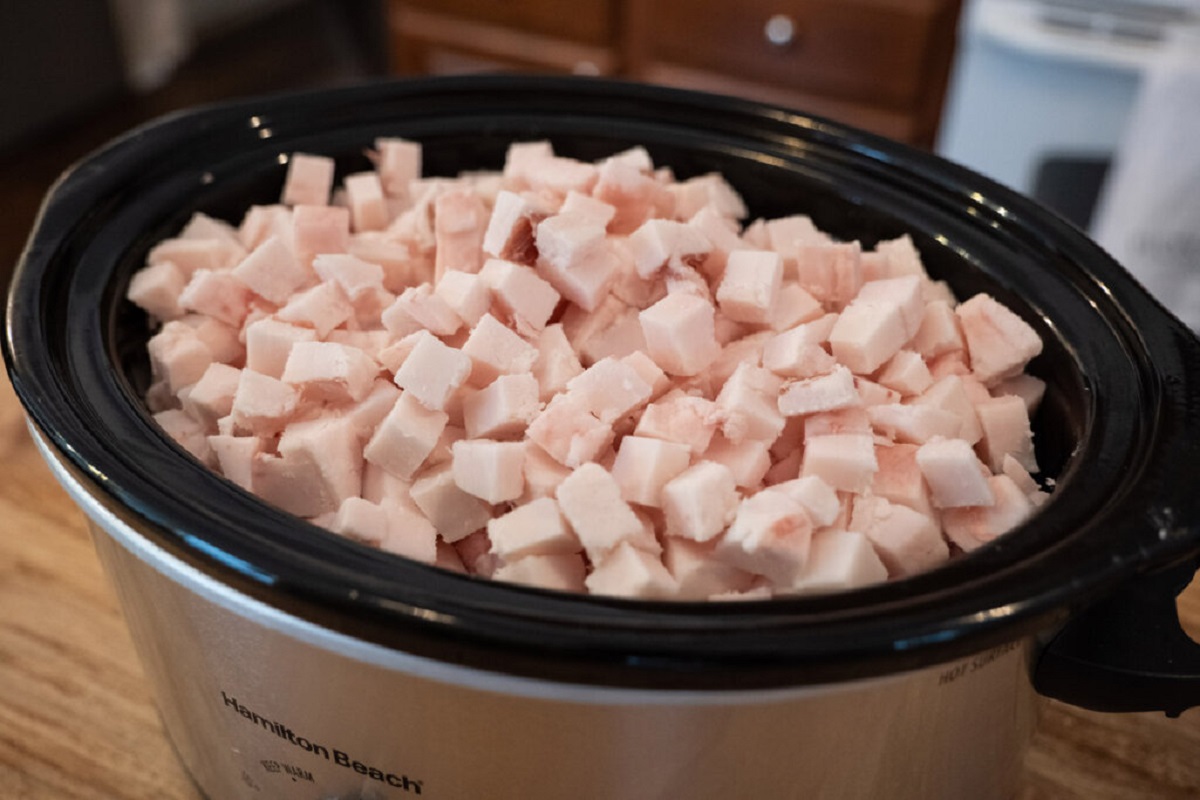

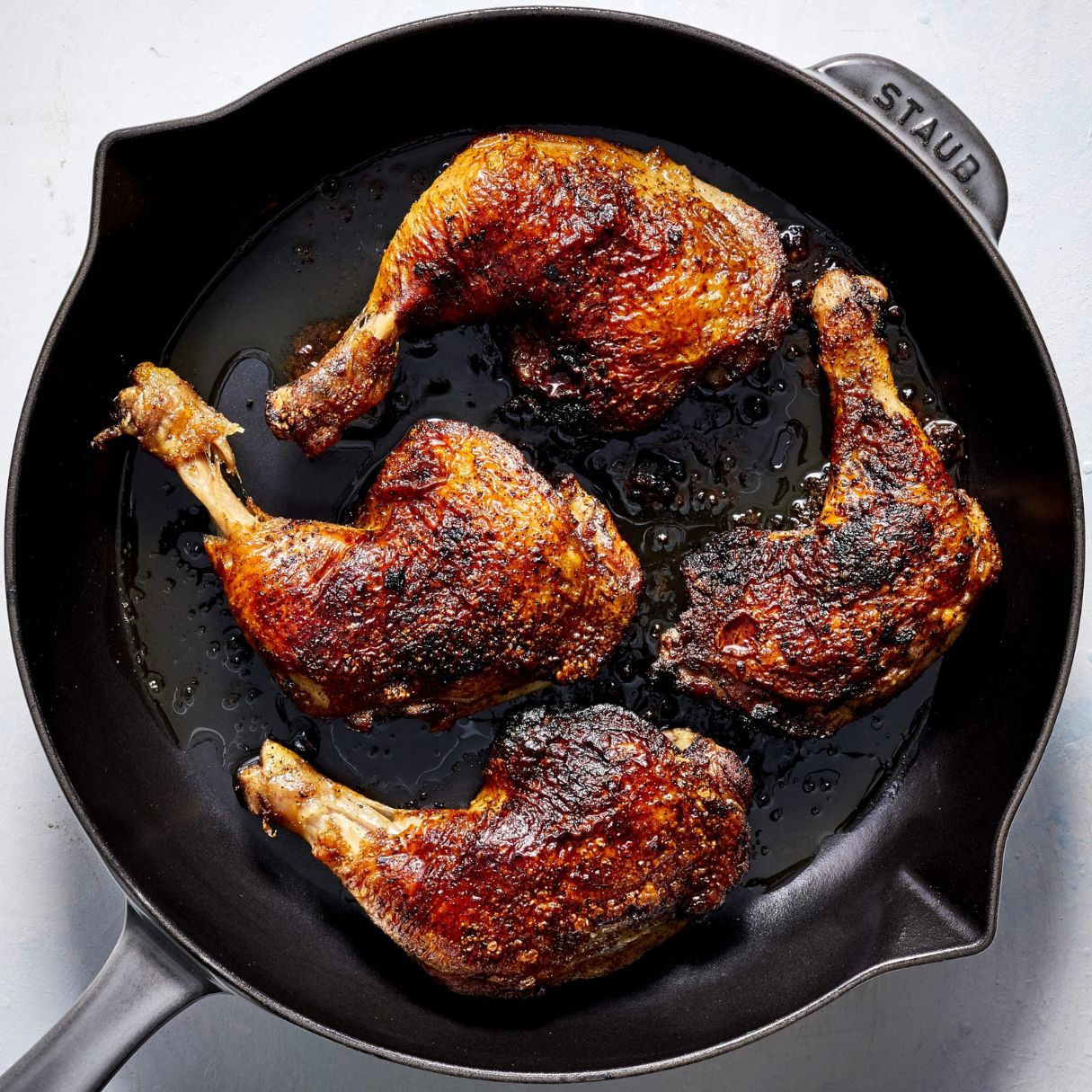
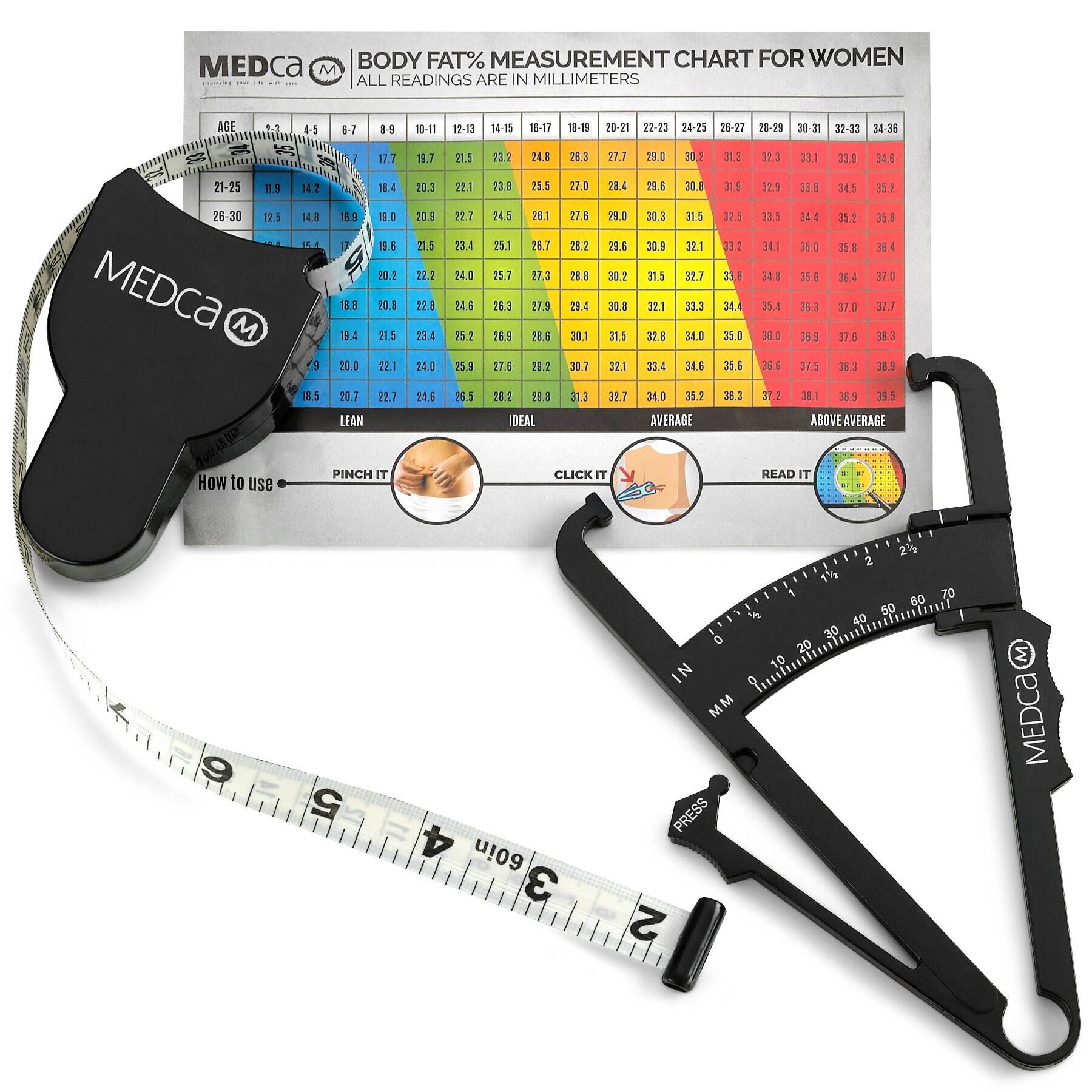
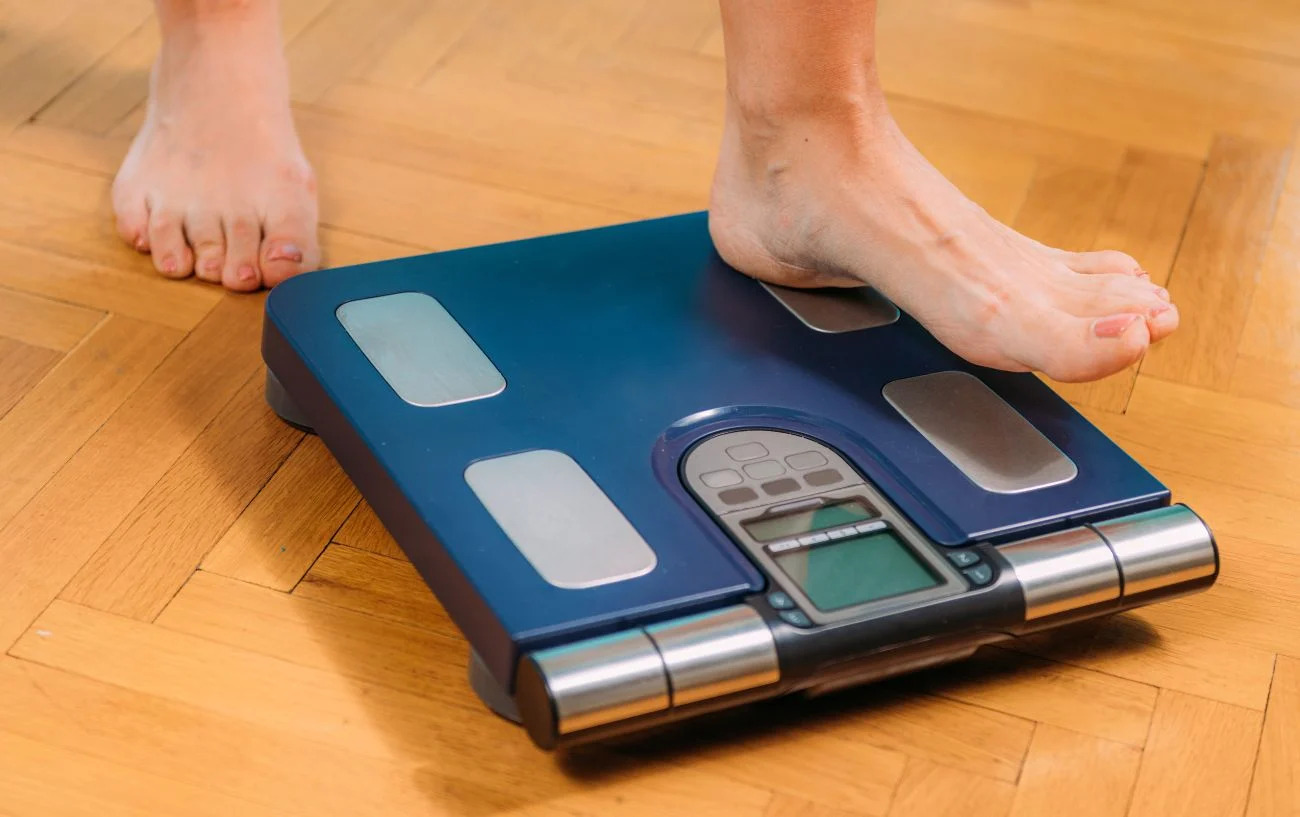


0 thoughts on “How To Store Fat Quarters”